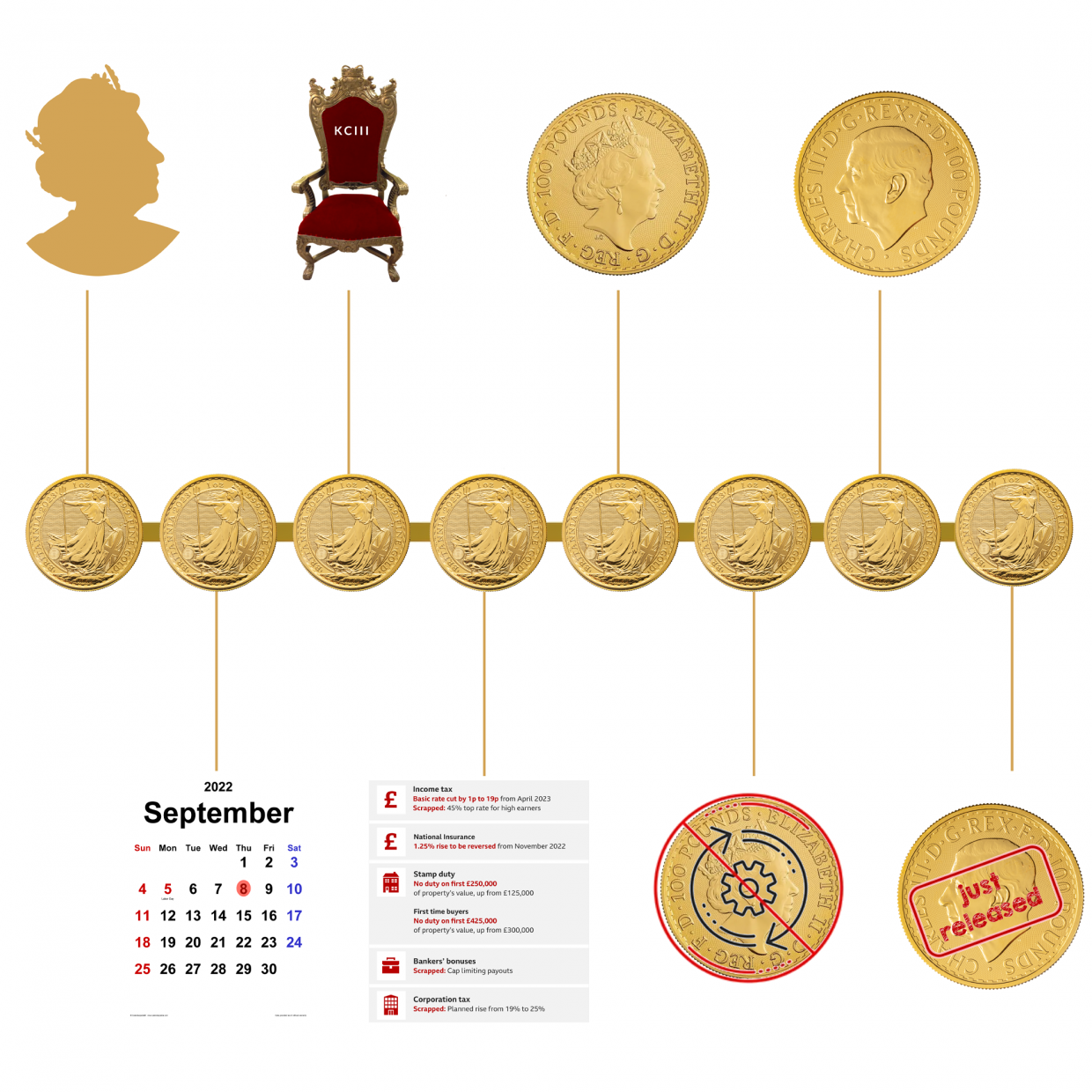Platinum for Palladium Substitution in 2023
Synopsis
Platinum-for-palladium substitution is driving growth in the automotive industry as global vehicle production remains below pre-pandemic levels. Tighter emissions standards, hybrid vehicles, and the cost of the metals are key factors contributing to the increase in platinum demand.
However, declining diesel vehicle demand and competition from other metals are challenges facing the platinum industry. Long-term solutions are needed to reduce emissions in the automotive industry.

Driving Growth in Automotive Demand
Platinum-for-palladium substitution is gaining traction in the automotive industry as global vehicle production remains below pre-pandemic levels. Despite this, the demand for platinum has been consistently growing, with a 12% increase in platinum automotive demand to 2,957 koz in 2022. The 2023 forecast predicts further growth of 10% to 3,246 koz. The substitution of platinum for palladium in gasoline autocatalysts is the primary driver behind this growth. The tightening of emissions standards, which requires higher loadings of platinum per vehicle, and the growth of hybrid vehicles are also factors contributing to the increase in platinum demand.
The History of Autocatalysis
Autocatalysis is the use of platinum and palladium in catalytic converters, and this practice has a long-standing history dating back to the 1970s when platinum was first introduced. Changes in emissions standards, technological advancements, and market price differentials have led to variations in the mix of platinum group metals (PGMs) used in catalytic converters. This has resulted in periods of platinum-for-palladium substitution and vice versa.
In the 2000s, a significant reduction in the sulfur content of fuel allowed the substitution ratio of the two metals to move from 2:1 palladium:platinum to 1:1 in autocatalysts. This shift made palladium the established PGM catalyst in gasoline vehicles, while platinum remained the predominant catalyst in diesel vehicles. However, the incentive to replace palladium has shifted due to the market and price imbalance between platinum and palladium, leading to a rise in platinum-for-palladium substitution in recent years.
Factors Driving the Demand for Platinum
The automotive industry is the primary driver of demand for platinum, accounting for approximately 40% of total platinum demand. The adoption of stricter environmental regulations globally is expected to increase demand for platinum. The growth in platinum-for-palladium substitution could further drive demand in the coming years.
The increase in the market share of hybrid vehicles is another factor driving the demand for platinum. These vehicles require higher loadings of PGMs per vehicle due to their greater temperature variability, resulting in a need for more effective emissions control. Thus, the growth of hybrid vehicles is expected to lead to a higher demand for PGMs, particularly platinum.
The tightening of emissions standards in many countries is another driving force behind the growing demand for platinum. Higher loadings of PGMs are required to ensure effective emissions control as emissions standards become stricter. Platinum is more effective than palladium in removing nitrogen oxides from diesel exhaust, meaning that demand for platinum is expected to remain high in the diesel vehicle market.
The cost of the metals is one of the key factors driving the growth in platinum-for-palladium substitution. In 2019, the price of palladium reached record highs, making it significantly more expensive than platinum. This prompted automakers to switch to platinum in their autocatalysts, resulting in a rise in platinum demand.
The COVID-19 pandemic disrupted supply chains and led to a sharp drop in global vehicle production, causing a decline in PGM demand. However, as the global economy recovers from the pandemic, PGM demand is expected to rebound, with platinum-for-palladium substitution expected to be a key driver of this growth.
Challenges Facing the Platinum Industry
Despite the positive outlook for platinum demand, there are some challenges facing the platinum industry. One of the primary challenges is the declining demand for diesel vehicles. Diesel vehicles have been a major consumer of platinum, but the market for these vehicles has been in decline in recent years due to concerns over air pollution and the increasing popularity of electric vehicles. This decline could lead to a long-term decline in platinum demand.
Another challenge facing the platinum industry is the competition from other metals. Rhodium, for example, is another PGM that is used in autocatalysts and has seen a significant increase in demand in recent years. The price of rhodium has skyrocketed, making it more expensive than platinum and palladium. This has led some automakers to switch to platinum and palladium in their autocatalysts, further increasing demand for these metals.
The Role of Platinum-for-Palladium Substitution
It is important to note that while the growth in platinum-for-palladium substitution is positive for platinum demand in the short term, it is not a long-term solution to reducing emissions. Automakers and governments should continue to invest in research and development of alternative powertrains and fuels that can reduce the need for PGMs in the automotive industry.
Platinum-for-palladium substitution can sustain demand for platinum for the life of the vehicle platform, typically seven years. Even if platinum and palladium prices were to move to parity, the additional platinum demand generated as a result of substitution would still be sustained over the life of all existing vehicle platforms using platinum.
Summary
The demand for platinum is expected to continue growing due to the increase in platinum-for-palladium substitution, the growth of hybrid vehicles, and the tightening of emissions standards. However, challenges facing the platinum industry such as the declining demand for diesel vehicles and competition from other metals should be considered. It is crucial that governments and automakers continue investing in alternative powertrains and fuels that can reduce the need for PGMs in the automotive industry while ensuring that the supply chain for these metals remains sustainable. The growth in platinum-for-palladium substitution is a short-term solution to reducing emissions and should not be viewed as a long-term solution.
The automotive industry is a major contributor to global emissions and reducing those emissions requires a concerted effort from all stakeholders. Platinum and other PGMs play a crucial role in reducing emissions from vehicles, but it is important to consider the long-term impacts of relying on these metals. The growth in platinum-for-palladium substitution is a positive development for platinum demand in the short term, but a long-term solution requires investment in alternative powertrains and fuels that can reduce the need for PGMs. By taking a holistic approach to emissions reduction, we can ensure a sustainable future for the automotive industry and the planet.
Related Articles
This guide and its content is copyright of Chard (1964) Ltd - © Chard (1964) Ltd 2024. All rights reserved. Any redistribution or reproduction of part or all of the contents in any form is prohibited.
We are not financial advisers and we would always recommend that you consult with one prior to making any investment decision.
You can read more about copyright or our advice disclaimer on these links.



















